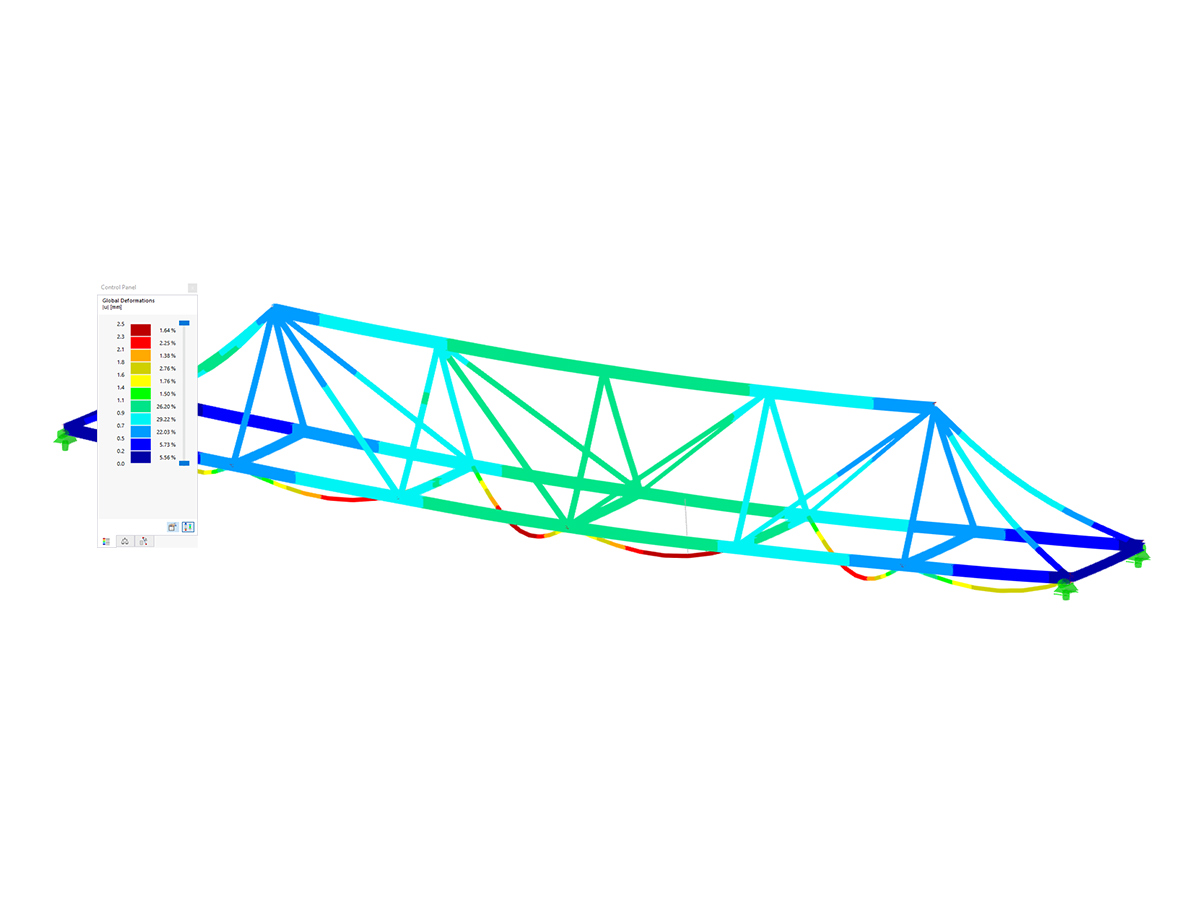Impact loads are the loads that occur due to the impact of vehicles, and so on.
General
Impact loads describe the loading of a structural component due to the impact of a vehicle. The impact is considered as an extreme case and therefore, it does not represent a permanent load.
Regulation
When and in what size are the impact loads to be applied is regulated in the standard EN 1991‑1‑7, for example.
Prone Components
In building construction, the impact loads are applied to
- Parking garages
- Structures with the authorized traffic of vehicles or forklifts
- Structures directly adjacent to road traffic (bridge piers, and so on)
- Structures directly adjacent to rail traffic
- Structures with landing platforms for helicopters
Loading
In order to represent the load as close to reality as possible in a structural analysis, the impact load is applied at a height of 1.25 m for a truck and 0.5 m for a car above the road surface. The impact area is a maximum of 0.5 m × 0.2 m.
The load size results from the tables of EN 1991‑1‑7 and depends on the impact direction (in the travel direction or perpendicular to the travel direction) as well as the average speed of the adjacent traffic. Thus, for example, road traffic outside is faster than in parking garages, which is why it is necessary to apply higher impact loads outside of the buildings.
For the impact of forklifts, helicopters, rail vehicles, and ship traffic, different load assumptions apply. These can also be found in EN 1991‑1‑7.











